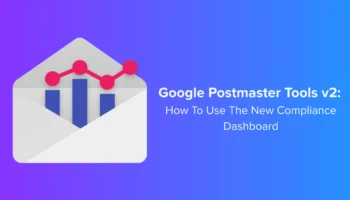As the team at Blueshift made our way through this past year, a particular theme became more and more apparent as we moved toward 2022: cross-channel.
We wrapped up 2021 by analyzing 10 billion messages sent by Blueshift customers to understand the variances in core engagement metrics, including open, click, and conversion rates, between different types of campaigns and messages. This dataset represents multiple industry verticals including Retail & Ecommerce, Media & Publishing, eLearning, Personal Finance, and more.
Here are the five reasons why your brand needs cross-channel marketing based on our analysis. But first, let’s start by defining cross-channel engagement.



